What's The Difference Between A Muscle Car And A Pony Car?
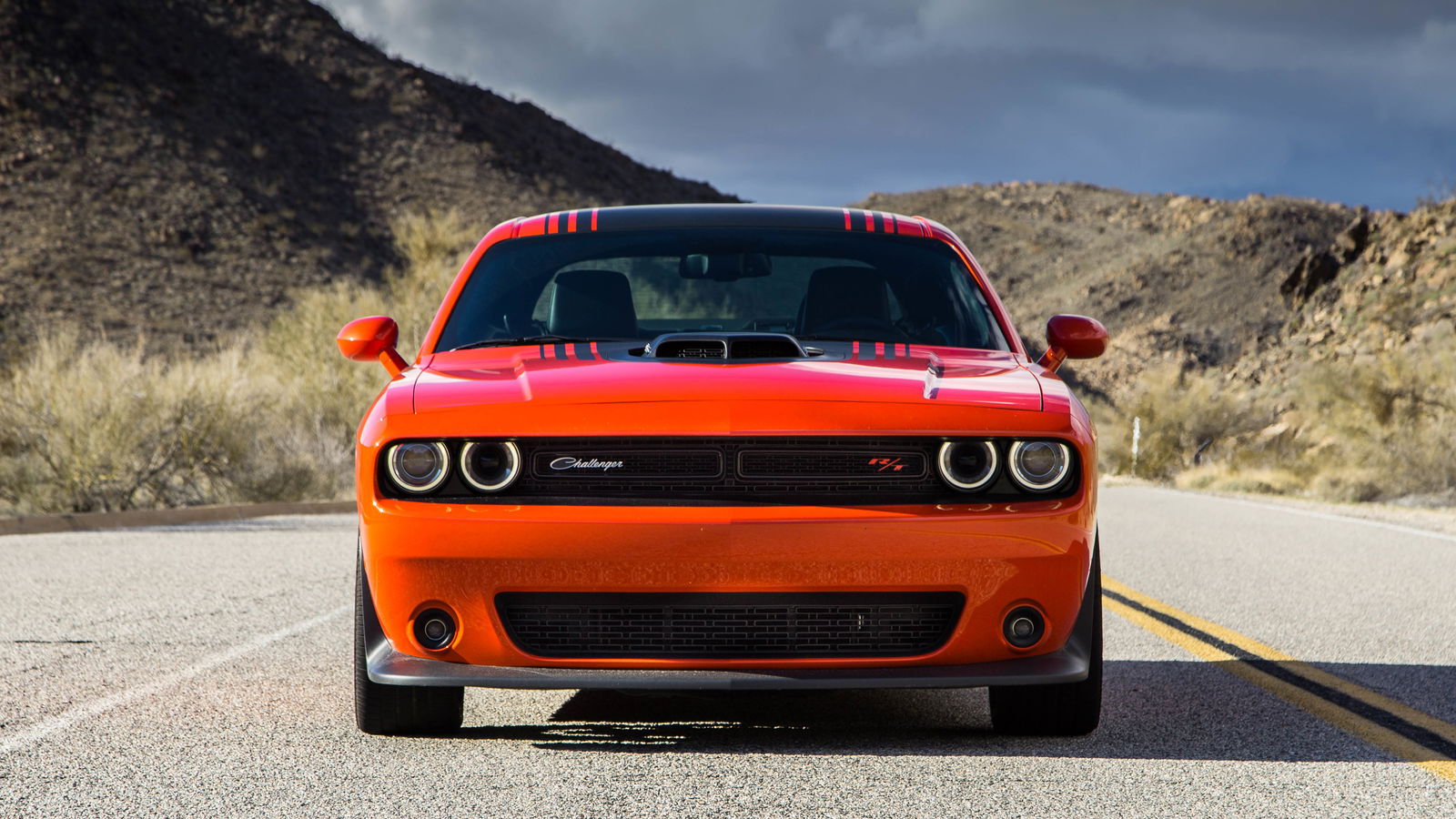
It’s common for people to refer to any rear-wheel drive American performance car with a V8 as a ‘muscle car’, but is that always the case? Some would have you believe that ‘pony car’ is in many instances a more appropriate description. Since this is probably the lesser-known term, let’s look at its history.
It all goes back to the original Ford Mustang, which caused something of a revolution in the car world when it arrived in 1965. Here was a relatively compact, affordable and sporty car aimed at young people, which was so popular it effectively spawned its own class: the pony car class. You know, because a Mustang is a horse, and all that.
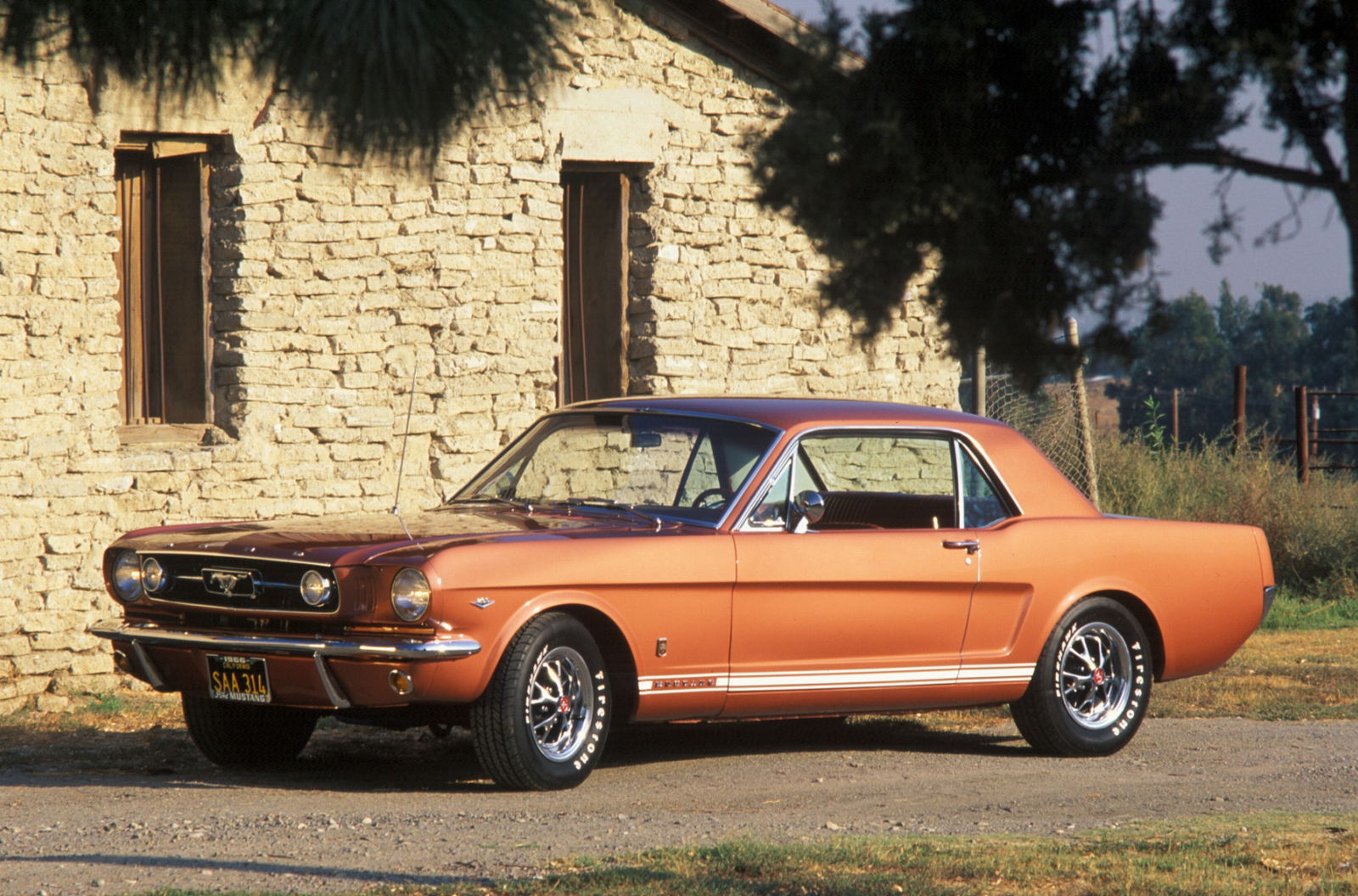
Naturally, other manufacturers wanted a slice of the pie which Ford was gorging itself on with impunity. Rivals soon came along in the form of cars like the Plymouth Barracuda and Chevrolet Camaro, the latter becoming the thorn in the Mustang’s side right up until the present day.
Yes, some of these cars shared whopping V8s with much larger machines from the same marque, but small-block eight-cylinder engines and even six-cylinder engines were generally the order of the day.
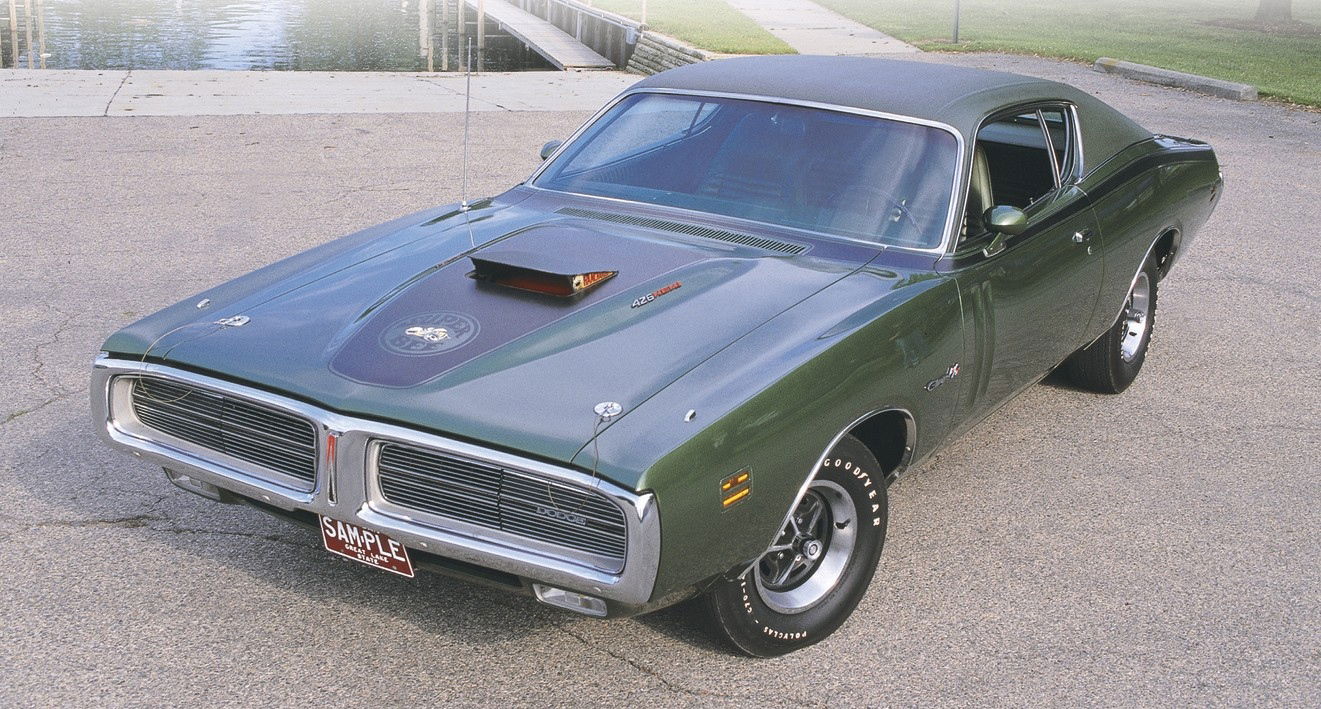
Muscle cars on the other hand were always much larger, both in their exterior dimensions and the equipment found under the hood. We’re talking vast, V8-powered monsters like the Dodge Charger, Ford Galaxie and Chevrolet Impala.
They generally didn’t care much for handling sophistication: they were all about shoehorning a massive engine into a coupe body, and having a penchant for drag strip action. In a lot of cases, they were the halo cars for the brands that spawned them.
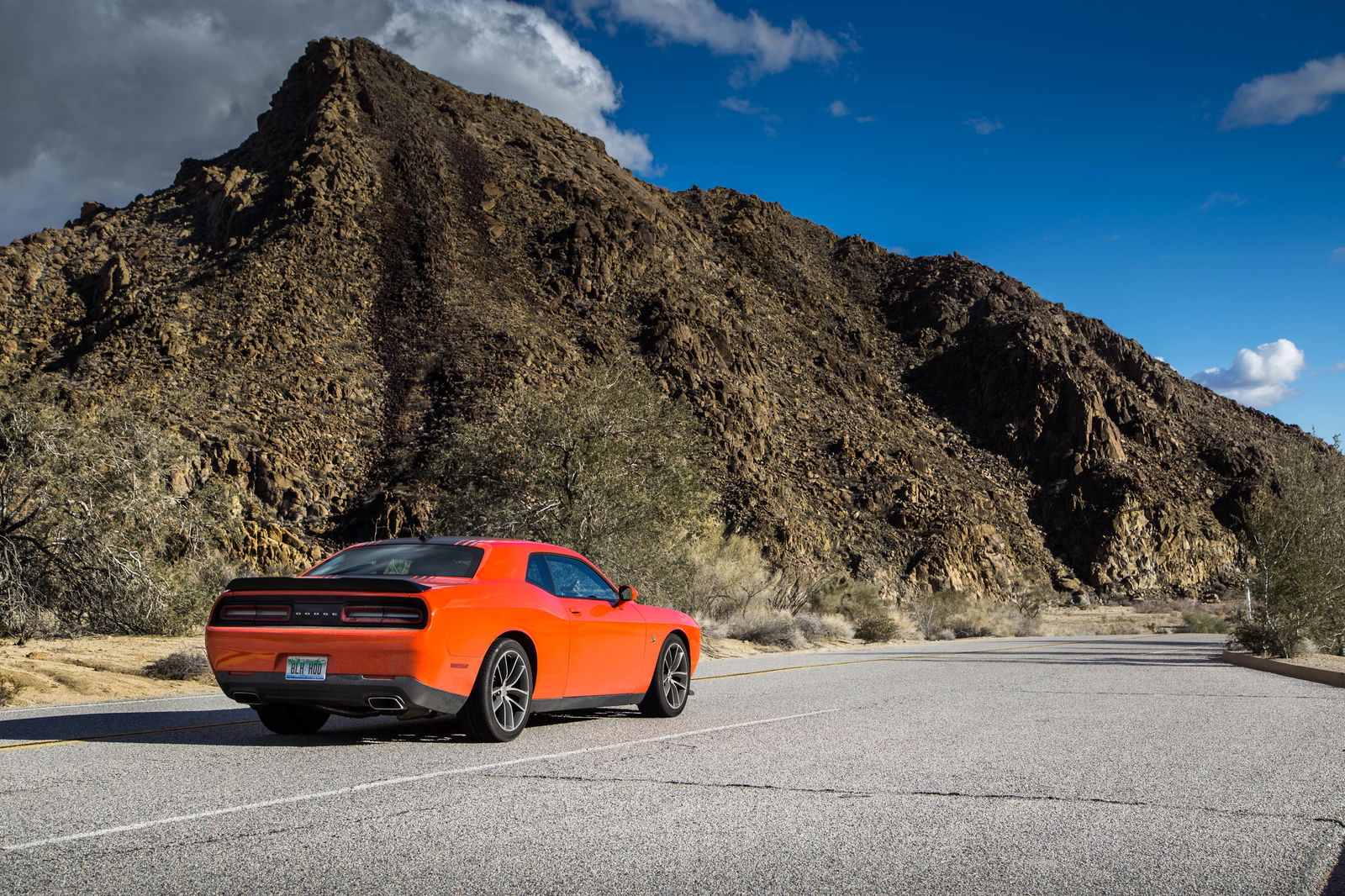
Looking to today however, things get a little more complicated. Most of those ‘traditional’ hulks of the muscle car world have long since disappeared or morphed into very different machines. Some would argue that the current Dodge Challenger is the only true muscle car on sale right now, and it’s easy to see why. The bottom end of the range may be propped up by V6s, but the headline cars are powered by massive V8 engines, slotted into a conspicuously large and heavy frame.
While other US manufacturers are obsessing over trick suspension, weight loss and Nurburgring laptimes, the Dodge and its Challenger seem focused on straight-line entertainment and ‘no replacement for displacement’ heroics. The 392 cubic-inch powered Scat Pack - which I had a ridiculous amount of fun driving in California recently - is a 485bhp burnout machine thanks to its hilariously skinny 245-section rear tyres, and the Hellcat’s very much cut from the same cloth.
You can even get a shaker hood added on some Challengers, adding a retro throwback to muscle cars of the past, and you can’t forget the incoming SRT Demon, which is about quarter-mile glory and precious little else. Although to add a dash of irony, the Challenger isn’t quite the all-American hero, since it’s actually built in Canada. But who cares.

The modern Ford Mustang on the other hand often finds itself labelled as a pony car, thanks partly to its lineage. It’s still arguably targeted at young people, and having finally ditched the whole live rear axle deal and switched to independent rear suspension in the latest generation it certainly has a more sports car-like focus. Hell, the latest one even has the option of adaptive dampers and an active exhaust.
It’s the same deal with the Chevrolet Camaro. Again, we have adaptive dampers on the menu, not to mention a big drop in weight compared to the last model. An argument could be made for the ‘pony car’ moniker for this car also.
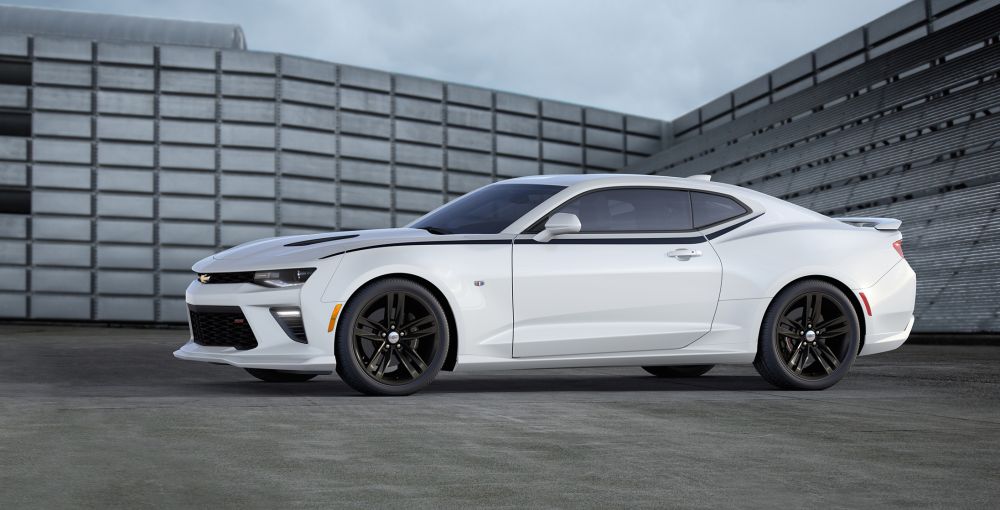
But there are a couple of problems with grouping modern machines as either muscle cars or pony cars. For starters, with all those traditional muscle cars long since deceased, the term seems a little meaningless if applied only to the near two-tonne Challenger, the last stalwart of ‘true’ muscle.
Secondly, the Mustang, Camaro and cars of that ilk aren’t exactly small now, so it’s no surprise that in V8 form they often end up labelled as ‘muscle’, and the same goes for a lot of Australian RWD V8 heroes. It’s also worth pointing out that the pool of cars that could be considered ‘ponies’ isn’t exactly that big either - these days youth oriented cars in the US tend to take the form of compact hatchbacks rather than sporty coupes.

But what about the super-sporty Mustang GT350 and Camaro ZL1? Well, there’s rationale to call them ‘sports cars’. And if the ‘normal’ versions carry on getting more sophisticated in the handling department, we’ll eventually be describing them thusly as well.
So, while once upon a time all this was clear cut, these days it’s more open to debate. Purists will insist that the Challenger is muscle and the rest should be called pony cars, while others say those purists are just living in the past and the muscle term can be applied a little more liberally, particularly as cars that could be given either label are generally in short supply.
So, while I’m slightly concerned this will open a whopping great can of worms, where do you stand?

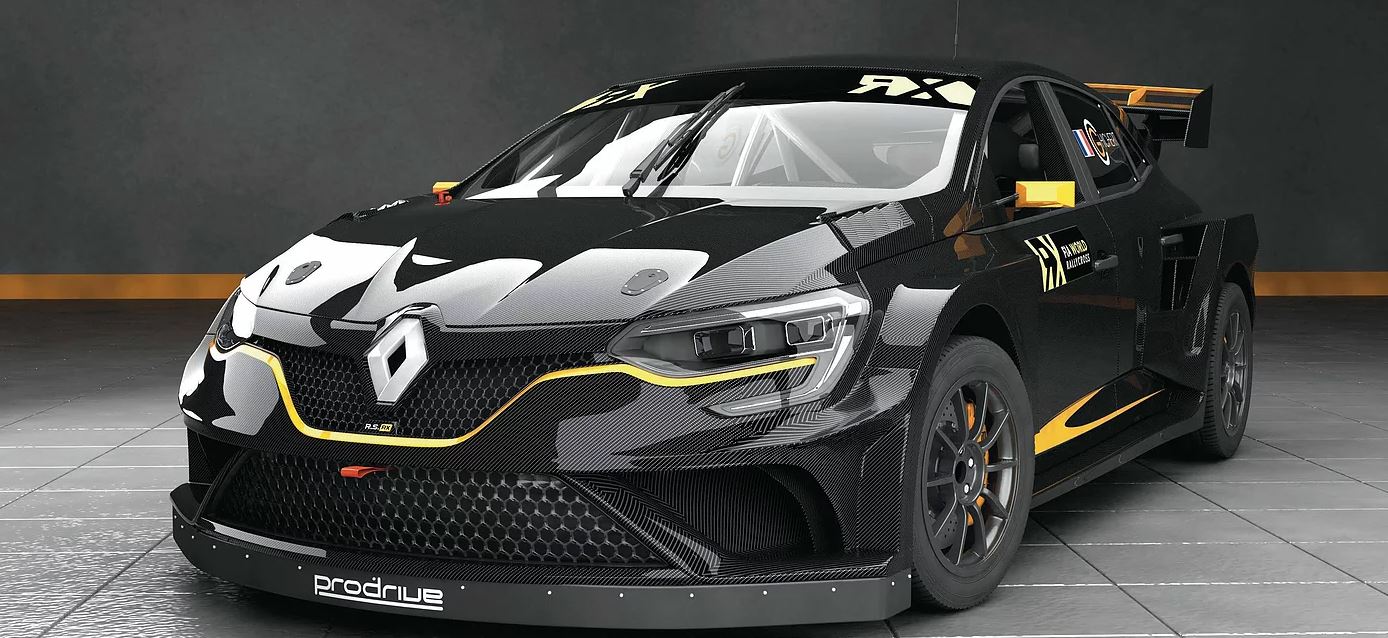

Comments
Hard to say… Look at the Barracude, one could argue that it started as a Pony Car indeed, but soon was a Muscle (although they had the GTX and the Road Runner). Also it is kinda funny how the original Pony Car was spawned from a Sedan but nowadays the “true” Muscle is spawned from a Sedan. Also, some sources put the Cobra as a Muscle. It is very hard, specially for me as I am not an American. I’d say muscle car is a term for a V8 powered, rwd sports car from the USA. And Pony… maybe an affordable coupe with said V8 and rwd. So Pony is a group withing Muscles…
Pony cars are baby versions of the “horse” cars, which are the big beasts.
I guess I generally think that it doesn’t matter very much at this point. The three remaining muscle/pony cars pull their history from both sides and arguments can be made either way. In general I think all you need to do is define your terms as far as what you personally mean when you say something. For example, some people use sports car to refer to a specific class of car, whereas I typically have used it as a general term to refer to any car that is performance oriented (and therefore “sporty”)
I agree with most of the points. Muscle cars should only be about raw power, big displacement and straight line acceleration. On the other hand, pony cars should be about power with driveability and sportiness.
Actually a muscle car is actually a big (even classic) american 2+2 seater with two or four doors with a big engine in the front and rear wheel drive. The classic bit seems to describe that cars of this class are way too old for the term to be used to something new, apart from nostalgia
I would think one exercises and the other is one of those people who say they jog but go drink coffee instead with jogging gear on.
Up until now, I didn’t really know what to call the new Mustangs and Camaros, since they handled and stopped a lot better, and where lighter. Well, the more you know. (And that Charger Superbee though)
Simple: pony cars never had big engines. The first generation Mustang (1965.4-1966) had the 289 as the biggest engine. Plymouth Barracuda had a 273 V8 until 1967. Chevrolet II had a max of 327 cubic inches. In 1967, all three grew in size to accommodate larger engines. Plus newer cars came out. Camaro, Charger, Mustang (up to 390 then 428 and 429). By 1972, there weren’t anymore pony cars, only muscle (big engines, lots of power, and heavy weight). Today, the big 3 only have muscle cars
I would say my Ford Capri is a pony car
It was based on the idea of the Mustang , it’s a 2 door coupe with a 3.0L V6 which would qualify as a large engine in Europe, ( it was the largest engine that Ford produced in Europe at the time )
Hello, we are young petrolheads from www.doublejcars.com . We update daily, so if you are a car guy please visit our site and join new car community ! We are not bots, so feel free to ask anything here in comments :) have a nice day !
Pagination